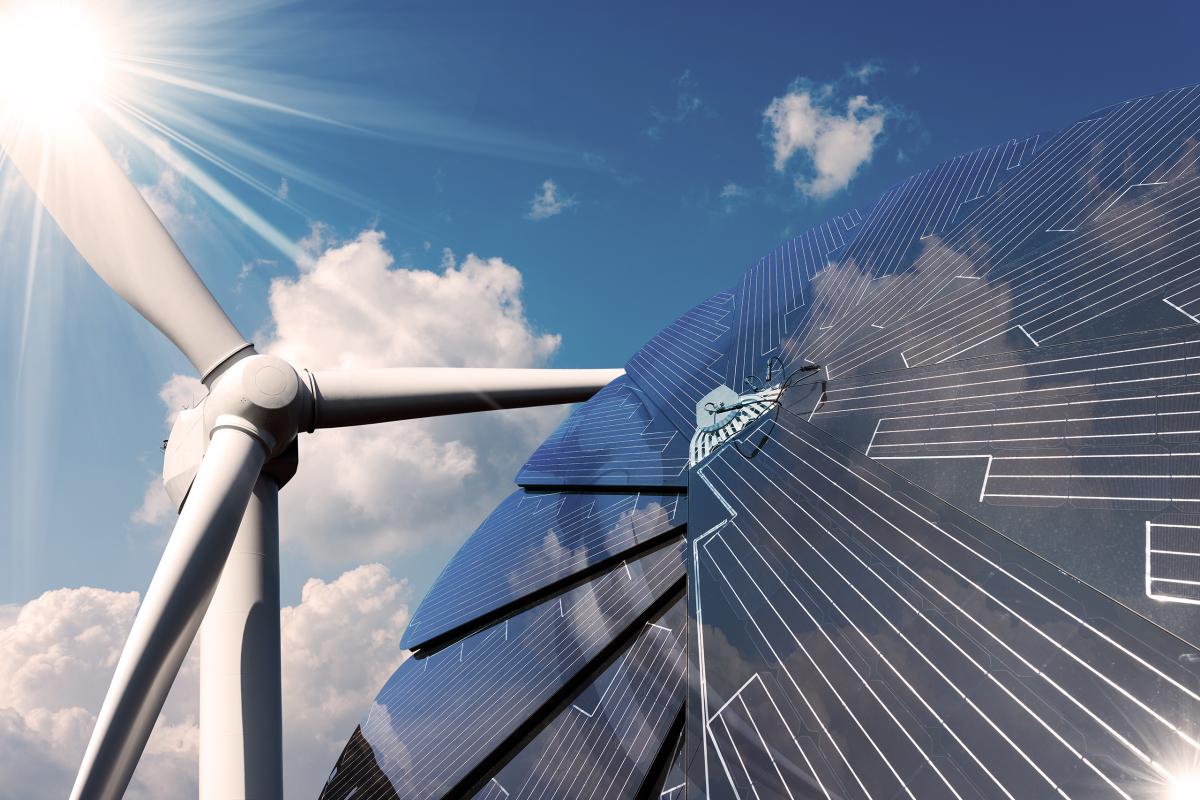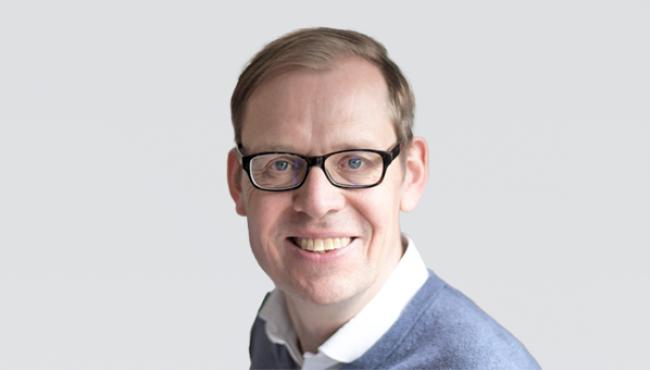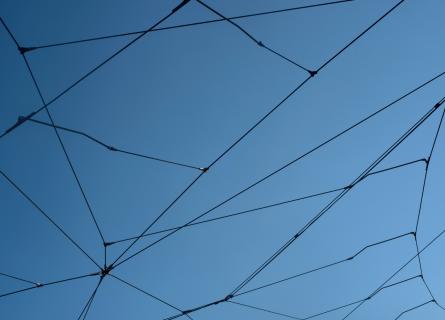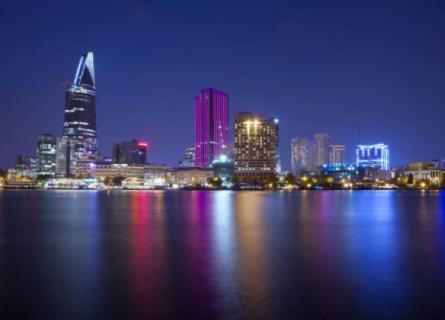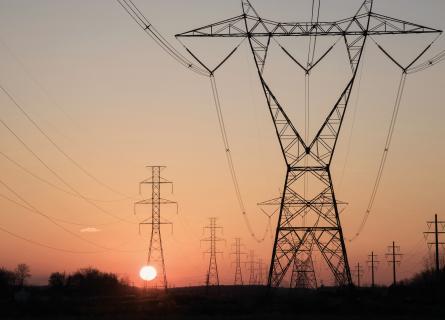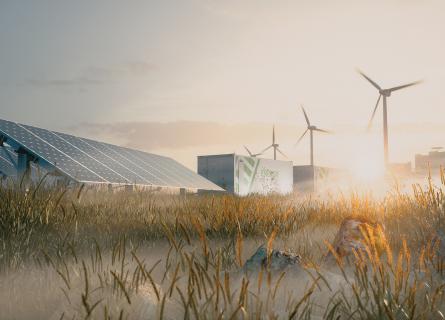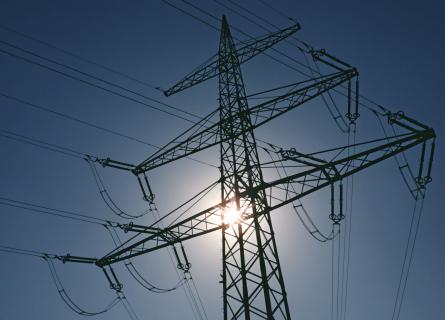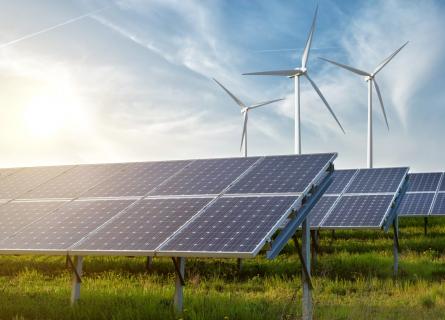
Germany's Energiewende uncovered: the role of grid stabilisation and optimisation
The Energiewende: Germany’s Path to a Sustainable Energy Future
Germany’s energy landscape is undergoing a significant transformation, known as the Energiewende, aimed at creating a sustainable and secure energy future. The Energiewende’s target is to achieve greenhouse gas neutrality by 2045, which is 22 years away. It’s a significant challenge, especially as renewable power becomes a game-changer.
The Energiewende, with its focus on improving the energy grid’s efficiency and capacity, and how the TSOs and DSOs will manage it, serves as a practical example for other countries, illustrating how a major industrialized nation can successfully transition to a sustainable energy system. The lessons from Germany’s experience are globally relevant. As countries worldwide seek to increase their reliance on renewable energy, the need for robust and adaptable energy grids is universal. Thus, the German energy transition offers valuable insights for the global shift towards sustainable energy.

The urgency of modernisation
The German government’s decision to phase-out nuclear power has brought an urgency to modernise the energy mix. While this has created pressure within the energy sector, it is also seen as a necessary step towards innovation.
The integration of renewable energy sources is a key focus in the energy transition. Large-scale renewable assets, such as wind farms and photovoltaic (PV) parks, are increasingly being connected to the high voltage grid. This shift requires strategic planning and expertise to ensure a seamless transition from traditional energy sources to renewables.
The substitution of gas and oil in heating and mobility will result in the doubling of the gross electrical consumption by 2045, up to 1300 Terrawatt-hours [TWh] a year. Additionally, Germany will have power peaks of roughly 100 GW. Historically, production facilities have been close to the consumption centres, with most power plants located in western and southern Germany. Now the plans include wind power in the North and Baltic Seas, which require significant investments in grid extension, especially in the Transmission System Operators (TSO) grid. Germany needs an additional 12 GW of North-South capacity, mainly through HVDC corridor projects to transfer power to the south of Germany.
Grid flexibility and stability
Achieving grid flexibility is essential, especially during periods of low renewable energy generation, such as the ‘Kalte Dunkelflaute’—cold, windless winter nights. In these cases, cross-border power supply as well as local grid stabilisation become pivotal.
Initiatives like “Redispatch 2.0” involve smaller plants in the energy mix, while new energy laws enable the control of certain consumers, like heat pumps and electric vehicles, to stabilise the grid. These measures require investments in grid measurement and optimisation to effectively manage energy flow.
Germany’s unique situation includes four TSOs and 870 Distribution System Operators (DSOs), with 70% of these DSOs serving fewer than 30,000 clients. Small companies face the same issues as large DSOs, but with fewer resources.
In the past, balancing was done by TSOs, with large power plants providing a production schedule in advance. Now, with coal and nuclear plants phasing out, Germany no longer relies solely on large power plants. Since 2021, every generation asset larger than 100 kW must participate in the redispatch process. This has led to a massive increase in complexity, with over 100,000 generation assets interacting with 870 DSOs.
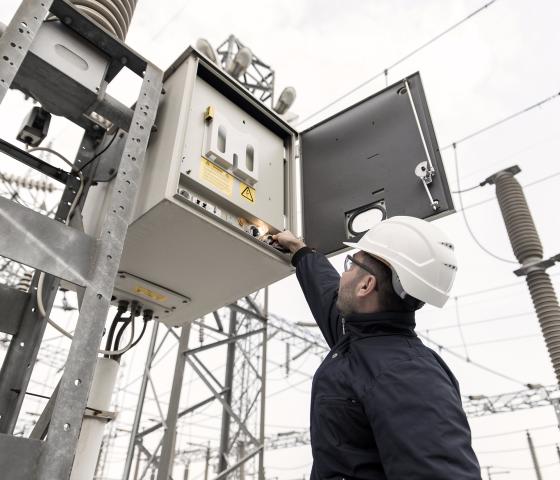
The future of energy supply
As Germany navigates its energy transition, the focus remains on ensuring a reliable and sustainable energy supply.
To sum up, effective communication among grid operators, including both TSOs and DSOs, is essential for managing Germany’s energy network. This task involves more than just technical know-how. It requires careful coordination among many different stakeholders, which can be quite complicated. Additionally, financial considerations, such as investment returns and funding for new technologies, contribute to the complexity.
An additional significant hurdle in this process is the need for more skilled professionals in the field, highlighting the importance of expertise in driving Germany’s energy transition.
Making future with AFRY
AFRY is a key player in Germany’s Energiewende. We already work closely with DSOs and large TSOs on important energy projects. We’re also helping renewable energy developers build substations for large projects up to 100 MW. These projects need to connect to the high voltage grid, and AFRY provides the necessary support for planning, connecting, and managing the process. Our combined expertise in engineering and consulting makes us the perfect partner for building a green energy future.
